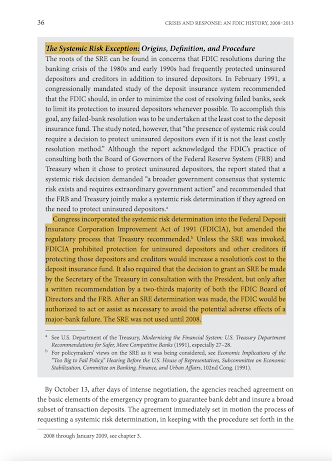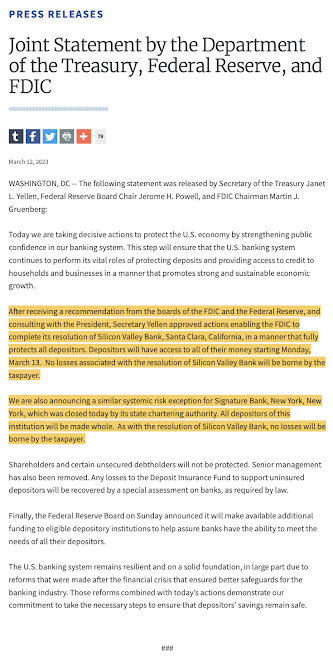A recent doorstep statement by NATO Secretary General Jens Stoltenberg clearly expresses the narrative behind the conflict in Ukraine. His comments were made in advance of the meetings of NATO Defence Ministers in Brussels which were held on the 14th and 15th of February 2023.
Here are some key excerpts from Stoltenberg's comments to the world's media as found on the Newsroom page of the NATO website:
"Next week we mark the first year of the terrible war in Ukraine, the full-fledged invasion by Russia against Ukraine.
And we see no signs that President Putin is preparing for peace. What we see is the opposite, he is preparing for more war, for new offensives and new attacks.
So it makes it even more important that NATO Allies and partners provide more support to Ukraine. And we will meet later on today in the US-led Contact Group for Ukraine and address the urgent needs for increased support to Ukraine.
Not least the need to provide more ammunition and also how to ramp up production and strengthen our defence industry to be able to provide the necessary ammunition to Ukraine and also to replenish our own stocks."
It would appear that replenishing NATO's stocks of ammunition would be key given that Ukrainians are not fighting Russia in the "Western way" when it comes to the use of ammunition as shown here:
...and quoted here:
"(United Kingdom Secretary of Defence) Wallace said Britain had been buying and trading ammunition "that is Soviet" in standard while also helping the Ukrainian military convert to unlock "access to our ammunition stocks".
"At the same time we're training to make sure it's used in a way that's very productive and accurate," he said.
"The Russian or the Soviet way of fighting is very ammunition heavy, massive artillery barrages, and that's never how we have organised ourselves to fight in NATO," he said."
Apparently, it's easy come, easy go when you are getting seemingly endless supplies of ammunition donated to your cause.
When asked this question by Lorne Cook from the Associated Press:
"Over the last year, NATO has gone from providing non-lethal assistance from Allies to providing artillery, to tanks. Now we're talking about jet aircraft. The Ukraine contact group is meeting in NATO headquarters. Why should the public believe that NATO is not at war with Russia?"
...Stoltenberg responded as follows (with my bolds):
"Neither NATO nor NATO Allies are party to the conflict. What we do as NATO Allies and NATO, is to provide support to Ukraine. Ukraine is defending itself, we need to understand what this is. This is a war of aggression. President Putin, Russia, has attacked a sovereign independent democratic free nation in Europe, Ukraine. And of course, Ukraine has the right to defend itself. The right of self-defence is enshrined in the UN Charter, it is a part of international law. And of course, we have the right to help Ukraine uphold the right for self-defence. So NATO and NATO Allies are not party to the conflict, but we support Ukraine in the right of self-defence.
Then, of course, the type of support we provide to Ukraine has evolved as the war has evolved. In the beginning, it was extremely important to provide light anti-tank weapons like the javelins. Then we saw the need for artillery and NATO Allies provided more and more advanced artillery systems. Then, it became obvious that it was an urgent need for also more advanced air-defence systems. And NATO Allies are now providing PATRIOTS, SAMP/T, and other advanced air-defence systems, NASAMS.
And now, over the last weeks and months, Allies have agreed to further step up significantly when it comes to heavy weaponry, armour, infantry fighting vehicles, but also main battle tanks. So yes, the type of support has evolved and that's part of the ongoing consultations among Allies within NATO, within the Ukraine support group and, and it will continue. Because we need to ensure that Ukraine gets the weapons it needs to be able to retake territory, liberate the lands and win this war and prevail as a sovereign independent nation."
Here's the key part of his response:
"The other thing I will say is that the war didn't start in February last year. The war started in 2014. And since 2014, NATO Allies have provided support to Ukraine, with training, with equipment, so the Ukrainian Armed Forces were much stronger in 2022, than they were in 2020, and 2014. And of course, that made a huge difference when President Putin decided to attack Ukraine."
Sometimes world leaders get so carried away with their sense of self-importance that they accidentally say the quiet part out loud.
So, given this admission that, from NATO's perspective, the war in Ukraine started in 2014, is it any wonder that Russia has felt threatened since the West interfered during the Maidan Uprising in late 2013 and early 2014? Since Stoltenberg seems to conveniently have forgotten NATO history, here is a reminder from Statista of what Russia views as an existential threat to its security, recalling that it views the West through the eyes of a nation that was invaded by nations that are currently or aspiring NATO member states during World War II:
To put this into historical perspective, here is a formerly secret document from March 1991 entitled "Quadripartite Meeting of Political Directors , Bonn 6 March: Security in Central and Eastern Europe" outlining a pledge to Moscow by the Unite States, Germany, France and the United Kingdom that they would not expand NATO eastward to Poland:
Furthermore, at the NATO meeting, 18 European nations also signed a joint letter of intent to "...explore and develop a framework for improved surveillance from space, through multinational cooperation and sharing of national space-based capabilities.
The agreement, which will launch the Allied Persistent Surveillance from Space Initiative (APSS), was signed by the UK, Belgium, Bulgaria, Canada, Finland, France, Greece, Hungary, Italy, Luxembourg, Netherlands, Norway, Poland, Romania, Spain, Turkey, Sweden and United States.
The letter of intent agrees that signatory nations will explore: the potential for sharing data from national surveillance satellites; processing, exploitation, and dissemination of data from within national capabilities; and funding to purchase data from commercial companies.
Russia’s illegal invasion of Ukraine has highlighted the importance of a persistent space surveillance capability, which also forms one of the North Atlantic Council’s agreed strategic outcomes of its Joint Intelligence, Surveillance and Reconnaissance Vision 2030+."
So, there we have another development that Russia could easily view as a threat to its security.
Here is a video of Stoltenberg's doorstep statement in case you wish to watch it for yourself:
World War III has started. Unfortunately for innocent Ukrainian civilians, they are being used as cannon fodder by NATO in its existentialist battle for relevance in the post-Soviet era and by Washington as part of its plan to retain its exalted position as the world's sole superpower.































